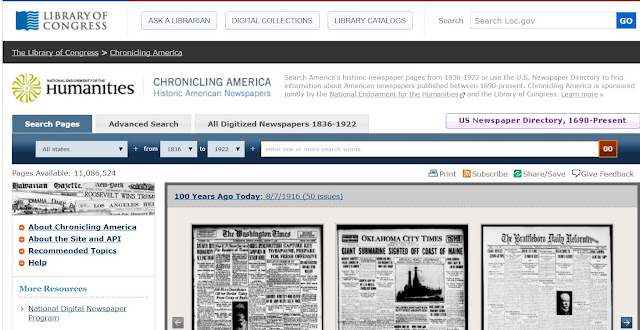Last evening, I started reading COMMON PEOPLE subtitled: In
Pursuit of My Ancestors by Alison Light. So far I’ve read the preface and prologue and
gotten only to page 59 of the content, but these few pages have inspired me to
review my family's census records for the wealth of historical information they may hold.
Ms. Light began with little knowledge of her ancestry. She
studied census records and from there was able to identify and then visit
ancestral towns. She’s done an amazing amount of research beyond census
records, but I was struck by how much information can be gleaned from the
census. I’ve always looked for obvious
family living nearby but I rarely dive into understanding the character of a neighborhood.
What was the neighborhood like?
- Single Family Homes?
- Apartment buildings?
- Boarding Houses?
- Multiple generations living together?
- Did surnames and/or birthplaces indicate a predominant nationality?
- Many children or few per family?
- What kinds of jobs did people have?
Did they move often? Or Never?
Did occupations change over time?
The “FAN club” (Friends, Associates, Neighbors) is an important part of understanding our
ancestors and our heritage.
I can’t wait to read the rest of Alison Light’s genealogy
journey.




















